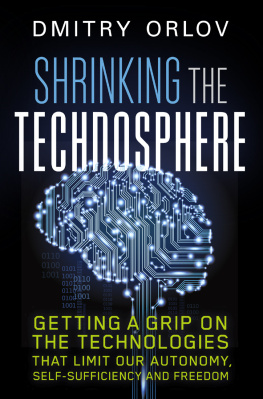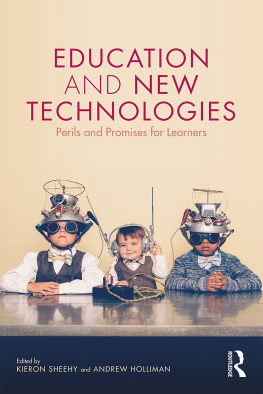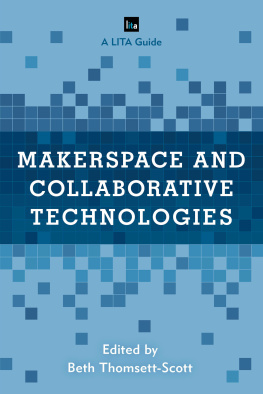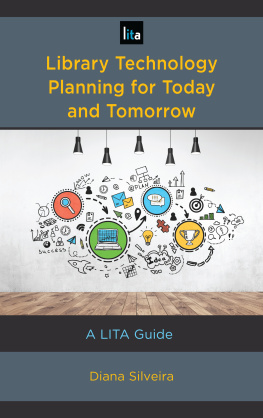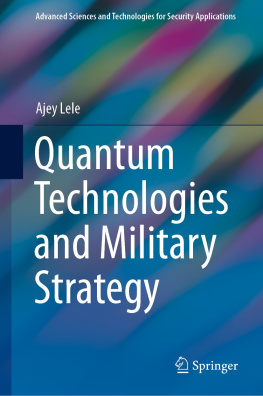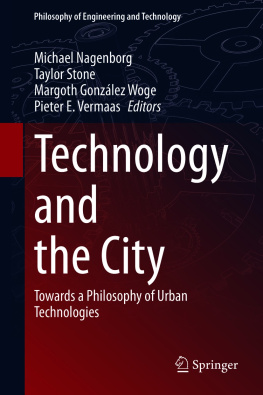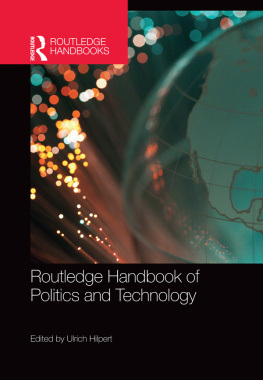AFTERWORD
THE TRANSFORMATION FROM somebody who is spellbound by political technologiesto someone who is panicked and unsure to somebody who is focused, resolved and engaged in forging a new path must involve some amount of pain. Reading this book may perhaps start this transformation, but completing it is up to you. The greatest fear to overcome, at least in my experience, is the fear of stepping outside of yourself and assuming another identitythe identity of someone who can just go ahead and deal with the situation.
As we grow up in civilized society, we are measured, evaluated, educated and trained, licensed and credentialed, and are eventually classified and assigned our place. In the process, we become very attached to this artificial identity that has been thrust upon us and very reluctant to set foot outside of it. (When we do, it is often when we are on vacation. It may therefore be helpful to think of this transition as going on a permanent vacation.) But if we overcome one fearthe fear of losing our assigned place in societythen many other fears fall away. Rational fearsones that are based on an accurate perception of dangerdo and should remain, but the irrational fear of stepping outside yourself and becoming someone else tends to disappear. And this opens us up to making dramatic changes, adapting to new circumstances and environments and, in the process, setting ourselves free.
ABOUT THE AUTHOR

DMITRY ORLOV WAS born in Leningrad, USSR, into an academic family and emigrated to the us in the mid-1970s. He holds degrees in computer engineering and linguistics, and has worked in a variety of fields, including high-energy physics, internet commerce, network security and advertising.
Since 2005, Dmitry has published hundreds of articles, two books and five books of essays. He has given numerous talks and interviews, and delivered keynote addresses at many conferences. His work has been translated into many languages.
A decade ago Dmitry made a dramatic change in lifestyle, trading dependency and financial security for resilience, self-sufficiency and freedom. He gave up on corporate employment in Bostons high-tech sector, sold the condo and the car, bought a sailboat and set off sailing. This experiment has yielded a wide variety of insights into just how far it is possible to downscale and simplify ones lifestyle while remaining productive, comfortable and civilized; which skills and technologies are needed; and which are superfluous. Having to decide which specific elements of technology are appropriate to this lifestyle, which are not, and which are harmful naturally caused him to focus on the wider problem of making conscious and deliberate technological choices.
A Note About the Publisher
NEW SOCIETY PUBLISHERS is an activist, solutions-oriented publisher focused on publishing books for a world of change. Our books offer tips, tools and insights from leading experts in sustainable building, homesteading, climate change, environment, conscientious commerce, renewable energy and morepositive solutions for troubled times.
Sustainable Practices for Strong, Resilient Communities
We print all of our books and catalogues on 100% post-consumer recycled paper, processed chlorine-free, and printed with vegetable-based, low-VOC inks. These practices are measured through an Environmental Benefits statement (see below). We are committed to printing all of our books and catalogues in North America, not overseas. We also work to reduce our carbon footprint, and purchase carbon offsets based on an annual audit to ensure carbon neutrality.
Employee Trust and a Certified B Corp
In addition to an innovative employee shareholder agreement, we have also achieved B Corporation certification. We care deeply about what we publishour overall list continues to be widely admired and respected for its timeliness and qualitybut also about how we do business.
New Society Publishers
ENVIRONMENTAL BENEFITS STATEMENT
For every 5,000 books printed, New Society saves the following resources:
Trees
2,695 Pounds of Solid Waste
2,965 Gallons of Water
3,867 Kilowatt Hours of Electricity
4,899 Pounds of Greenhouse Gases
Pounds of HAPS, VOCS, and AOX Combined
Cubic Yards of Landfill Space
Environmental benefits are calculated based on research done by the Environmental Defense Fund and other members of the Paper Task Force who study the environmental impacts of the paper industry.

A Guide to Responsible Digital Reading
Most readers understand that buying a book printed on 100% recycled, ancient-forest friendly paper is a more environmentally responsible choice than buying one printed on paper made from virgin timber or old-growth forests. In the same way, the choices we make about our electronic reading devices can help minimize the environmental impact of our e-reading.
Issues and Resources
Before your next electronic purchase, find out which companies have the best ratings in terms of environmental and social responsibility. Have the human rights of workers been respected in the manufacture of your device or in the sourcing of raw materials? What are the environmental standards of the countries where your electronics or their components are produced? Are the minerals used in your smartphone, tablet or e-reader conflict-free? Here are some resources to help you learn more:
The Greenpeace Guide to Greener Electronics
Conflict Minerals: Raise Hope for the Congo
Slavery Footprint
Recycle Old Electronics Responsibly
According to the United Nations Environment Programme some 20 to 50 million metric tonnes of e-waste are generated worldwide every year, comprising more than 5% of all municipal solid waste. Toxic chemicals in electronics, such as lead, cadium and mercury, can leach into the land over time or can be released into the atmosphere, impacting nearby communities and the environment. The links below will help you to recycle your electronic devices responsibly.
Electronics Take Back
Canada - Recycle My Electronics
United States - E-cycling central
Of course, the greenest option is to keep your device going as long as possible. If you decide to upgrade, please give some thought to passing your old one along for someone else to use.
THE TECHNOSPHERE DEFINED
Its hapless denizens
PEOPLE WHO CURRENTLY inhabit any of the economically developed, industrialized parts of the planet have very little contact with nature. Most of their time is spent in climate-controlled environments sealed off from the elements. Bipedal locomotiona hallmark human trait, alongside the opposable thumbis decidedly out of favor. Now people move mostly on wheels, and when they do perambulate it is mostly across the parking lot or along supermarket aisles. When they do step off the pavement, the linoleum or the wall-to-wall carpeting, it is usually onto a well-marked nature trail from which they can observe nature without running the danger of actually touching any of it. Sealed off from nature, their bodies and minds are deprived of key natural inputs, and they develop a wide variety of ailments, from allergies and autoimmune disorders to autism and early-onset dementia.
Soon after birth they are injected with vaccines, saving them the trouble of maintaining genetic resistance against several common pathogens. When they later give birth, at the first sign of trouble during delivery they are offered cesarean section, saving them the trouble of maintaining compatibility between the outside diameter of the fetal cranium and the inside diameter of the birth canal. When they catch an infection, they are treated with antibiotics (which are becoming less effective over time, as the bacteria evolve resistance against them faster than new antibiotics can be synthesized). Those who have significant medical problems are kept alive using a variety of aggressive medical treatments and allowed to reproduce, passing along their propensity for disease. Those who are incapable of reproducing naturally are offered fertility treatments.

